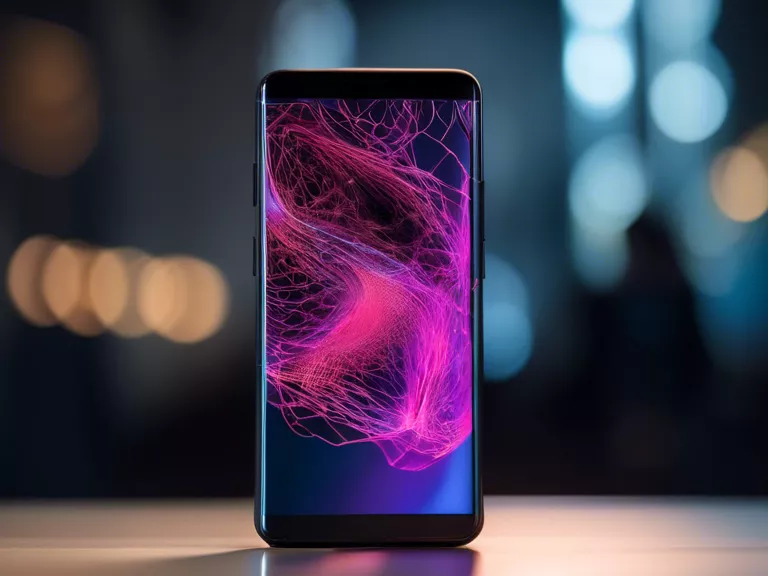
How to optimize your smartphone settings for better privacy and security
In a world where our smartphones are constantly connected to the internet and filled with sensitive personal information, it's crucial to prioritize privacy and security. By tweaking a few settings and taking some simple precautions, you can significantly enhance the security of your smartphone and safeguard your data from prying eyes. Here are some tips on how to optimize your smartphone settings for better privacy and security:
Update Your Operating System Regularly: Keep your smartphone's operating system updated to ensure you have the latest security patches and bug fixes. Manufacturers release updates to address vulnerabilities that could be exploited by hackers.
Enable Two-Factor Authentication (2FA): Add an extra layer of security to your accounts by enabling two-factor authentication. This will require you to enter a verification code sent to your smartphone whenever you log in from a new device.
Review App Permissions: Check the permissions granted to each app on your smartphone and revoke any unnecessary access to your data. Only grant access to essential features that the app needs to function properly.
Use a VPN: To encrypt your internet connection and protect your online activities from prying eyes, use a virtual private network (VPN) on your smartphone. This will help keep your browsing history and personal information private.
Set Up Find My Phone: In case your smartphone is lost or stolen, having a tracking feature like Find My Phone enabled can help you locate or remotely wipe your device to protect your data.
By following these simple tips and adjusting your smartphone settings, you can enhance the privacy and security of your device. Remember to stay vigilant and keep your software up to date to mitigate potential risks.



